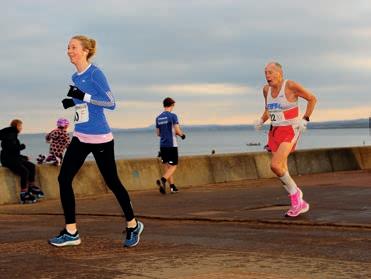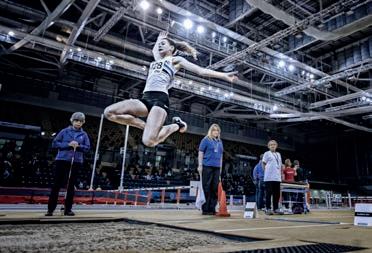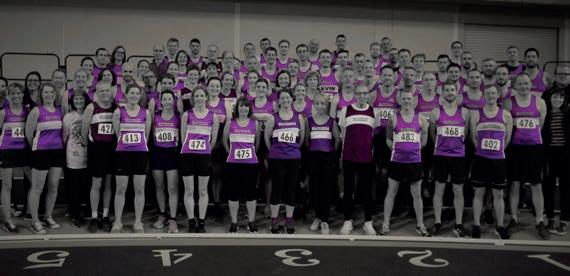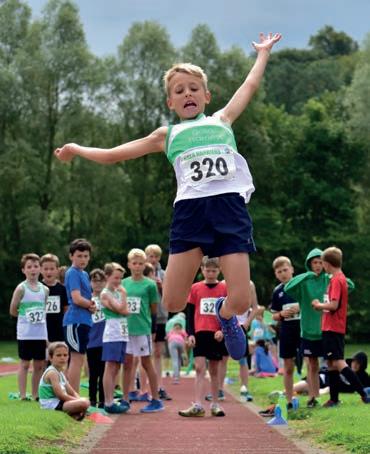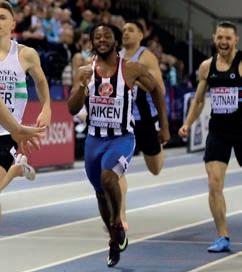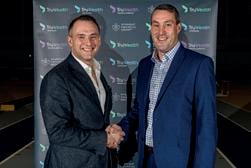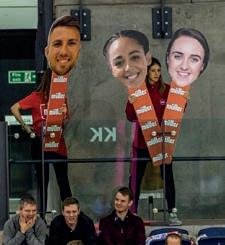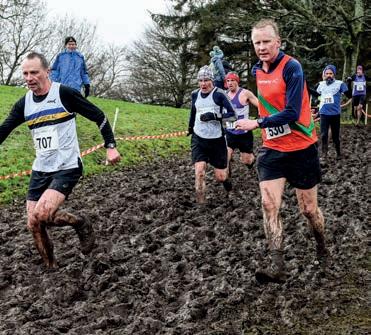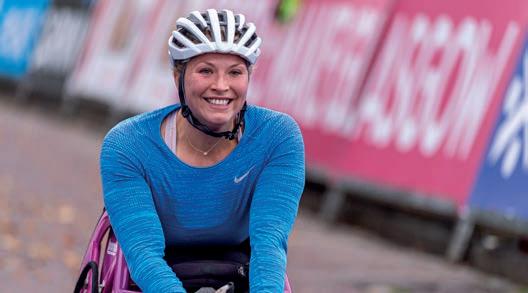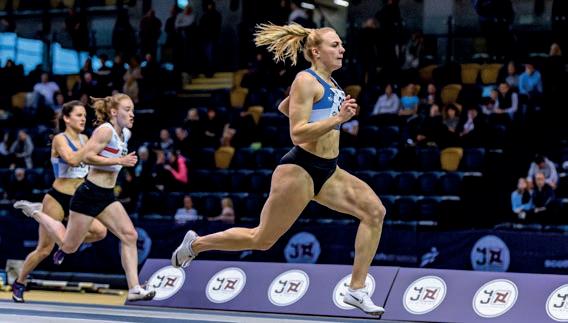Education
RED-S
BALAN act
CING
Why your training load, nutrition and recovery are vital By Katy Barden
E
arlier this year, Edinburgh University Hare and Hounds organised an awareness raising session focused on RED-S (Relative Energy Deficiency in Sport). The event - hosted by Dr Nicky Keay, an expert sport and dance endocrinologist, and Renée McGregor, a leading sport and eating disorder specialist, aimed to highlight the symptoms and risks of RED-S and provide resources and information to help maximise health and performance. RED-S is a complex subject, but we’ve aimed to summarise some key notes below which we hope will provide an overview of the discussion, in addition to signposting for further information. What is RED-S? RED-S is a condition caused by low energy availability, where nutritional intake is insufficient to cover the energy demands of both exercise training and bodily processes. It has formerly been known as the female athlete triad. Low energy availability can have adverse effects on many biological systems, such as menstrual function (periods), endocrine system (hormones), musculoskeletal (bone and muscle), gastrointestinal (digestive),
34
PB 2020 | ISSUE 1
cardiovascular system (heart and circulation), immune function and growth and development.
may experience a variable selection and/ or varying degrees of the health and performance consequences of RED-S.
As a result of these changes to physical functioning, many aspects of sports performance may be negatively affected, including decreased response to training, impaired co-ordination and increased injury risk. Likewise, there may be psychological effects that either cause, or are the result of RED-S.
Low energy availability can arise unintentionally with increased training loads not matched by increased nutrition intake, or intentionally where low body weight confers an athletic or aesthetic performance advantage.
What RED-S is not . . . RED-S is not exclusive to female athletes. High profile male athletes who have experienced RED-S include cyclist Chris Boardman, an Olympic gold medallist, who retired in his early thirties with weak bones – one of the most serious consequences of RED-S - and low testosterone.
‘There are three variables you can control – your training load, your nutritional input and your recovery,’ says Dr Nicky Keay. ‘If you get this balance right your hormones will be maximised resulting in optimal health and therefore performance. If not, you’re under-selling yourself.’
Boardman’s nutritional intake was insufficient to cover his training demands and the basic needs of his body, ultimately inducing an energy-saving mode that impacts health and therefore athletic performance. RED-S is not exclusive to elite athletes, either. In fact, non-elite athletes can be more at risk as they’re less likely to be surrounded by medical support and experienced practitioners. Why is RED-S important? Everyone responds slightly differently to low energy availability and athletes
Renee McGregor



